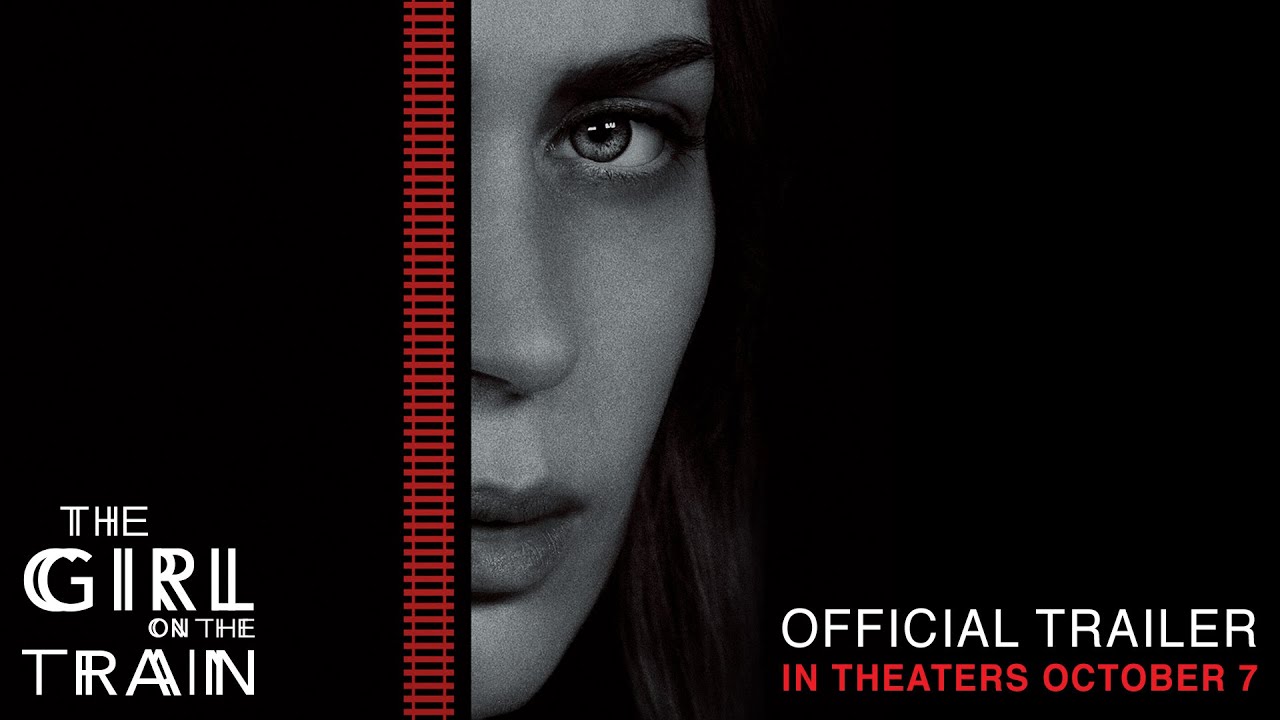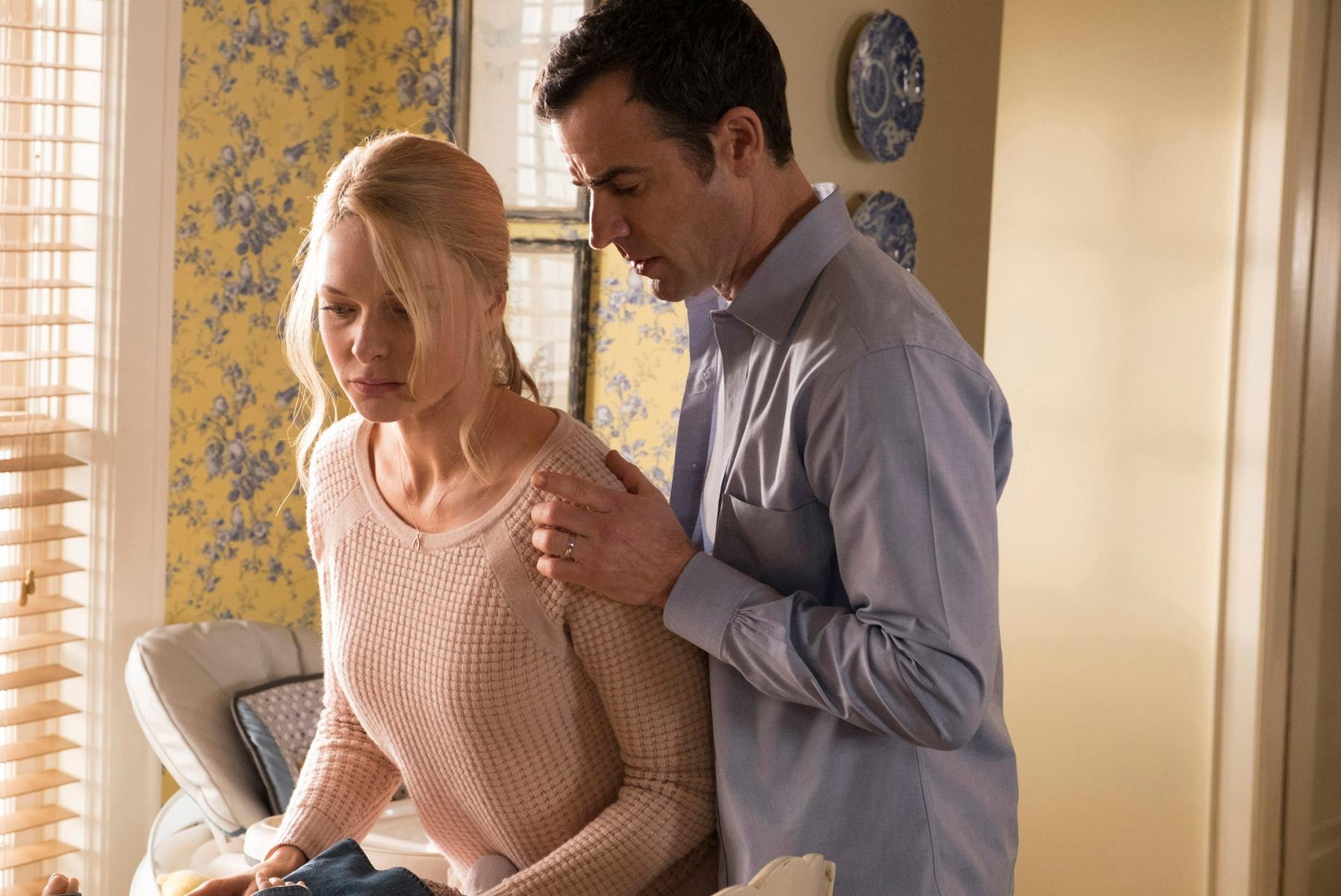The Girl on the Train (2016)

The Girl on the Train (2016), directed by Tate Taylor and based on Paula Hawkins’ best-selling novel, is a suspenseful psychological thriller that keeps viewers on the edge of their seats. The film explores themes of obsession, memory, and betrayal, wrapped in a mystery that unfolds through the fragmented and unreliable perspectives of its complex characters. With a strong cast led by Emily Blunt, the film delves into the troubled lives of its protagonists, making it a tense and emotionally charged cinematic experience.
The story follows Rachel Watson (Emily Blunt), a woman who is struggling with alcoholism and the aftermath of a painful divorce. Every day, she takes the train to New York City and becomes fixated on the seemingly perfect life of a couple she sees from the window. The couple, Megan (Haley Bennett) and Scott (Luke Evans), appear to have it all, but Rachel’s obsession with them intensifies when Megan mysteriously goes missing. As Rachel becomes more involved in the investigation, her past and present collide, leading to shocking revelations and twists that make the truth difficult to discern.
Rachel’s character is at the center of the story, and Emily Blunt’s portrayal is haunting and powerful. Blunt captures the emotional depth of Rachel’s pain, confusion, and desperation, as she grapples with memory loss and an overwhelming sense of guilt. Her performance keeps the audience questioning whether Rachel is a reliable narrator or a victim of her own troubled mind. Blunt’s vulnerability and emotional range allow the character to come across as both sympathetic and unpredictable, adding layers of complexity to the plot.
The film’s narrative structure is unique, as it is told from multiple perspectives, including Rachel, Megan, and Anna (Rebecca Ferguson), who is involved in Rachel’s ex-husband’s new life. This fragmented storytelling creates an atmosphere of uncertainty and tension, as each character’s version of events is often clouded by personal bias, secrets, and manipulation. The shifts in time and perspective keep the audience guessing about what really happened, and the unreliable narration becomes an essential tool in building suspense and maintaining mystery throughout the film.

One of the film’s key themes is the nature of memory and perception. As Rachel’s memory becomes more unreliable due to her drinking problem, she struggles to piece together the events leading up to Megan’s disappearance. The movie forces the audience to question the reliability of their own perceptions and the truth of the story. Through this theme, The Girl on the Train examines how people’s pasts shape their actions and how the truth can be distorted by their own biases and emotions. This adds a layer of psychological depth to the film, making it more than just a thriller.

The atmosphere of The Girl on the Train is dark, moody, and filled with a sense of foreboding. The film’s setting, with its rainy, gray landscapes and dimly lit interiors, enhances the overall feeling of isolation and mystery. Cinematographer Charlotte Bruus Christensen’s use of shadows and muted colors contributes to the film’s oppressive mood, making the audience feel the emotional weight of the characters’ lives. The tension in the film is palpable, as secrets are revealed, and the lines between reality and delusion blur for both the characters and the viewers.

In conclusion, The Girl on the Train is a captivating psychological thriller that skillfully plays with themes of memory, perception, and deception. With a standout performance by Emily Blunt and a complex, multi-layered narrative, the film keeps viewers engaged and invested in its unraveling mystery. The film’s moody atmosphere, unpredictable plot, and intricate character development make it a compelling watch for fans of suspense and psychological drama. Ultimately, The Girl on the Train proves that the truth is not always what it seems, and sometimes, the most haunting mysteries are those that exist within ourselves.











